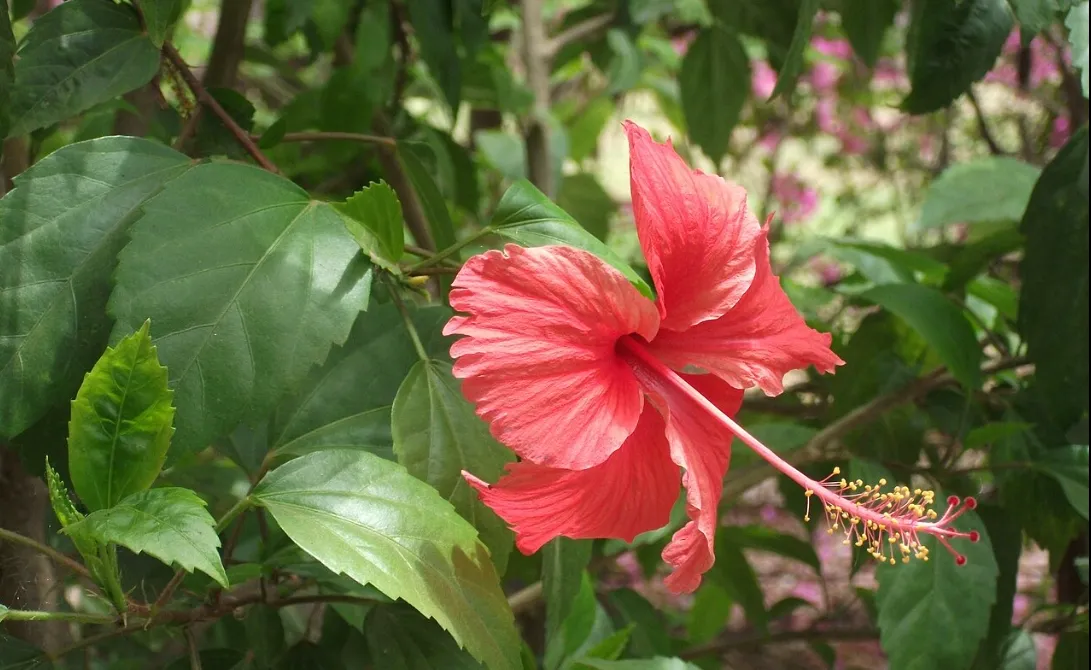
In the marvel of botanical creation, envision the momentous initiation of the floral bud, akin to the inaugural cry of a newborn, resonating in a symphony of life. Unlike the muted sounds of human birth, this botanical emergence transcends auditory limitations, echoing with a profound and deadly silence.
"Hydrate me," murmurs the neonate bud, embarking on the journey of growth and transformation.
As days unfold, the bud undergoes acclimatization, unfurling into a blossoming flower. Here, the parent plant assumes a pivotal role, providing a continuous supply of essential nutrients. Water and carbon dioxide intertwine with macro and micronutrients, synthesizing the bud's vital concoction—carbohydrates.
Simultaneously, the receptacle takes shape, accompanied by the orchestrated formation of other floral components. The steadfast sepals, adorned in evergreen hues, diligently labor to fashion the protective calyx tube.
"I am the guardian, the support, and the embellishment," proclaims the calyx.
The nascent petals emerge, contributing to the formation of the corolla tube.
"Beyond aesthetics, I am a beauty with cognitive depth. Where are the insects?" queries the corolla.
In due course, the filament, anther, and stigma materialize, concealing the regal carpel with its ovary cradling the ovule.
"Haste is imperative! The continuity of our lineage hangs in the balance," urges the collective floral consciousness.
Days hence, fertilization unfolds as the floral ensemble declares, "Our mission is accomplished." The ovule metamorphoses into a seed, and the ovary evolves into the fruit. The corolla tube, having fulfilled its purpose, gracefully descends.
In the intricate ballet of botanical life, each floral part plays a distinct role, culminating in the perpetual cycle of birth, reproduction, and fruition. The silent drama of nature continues, echoing the grandeur of life's perpetual choreography using the language of flowers. A language only a few can understand.
Telepathy.